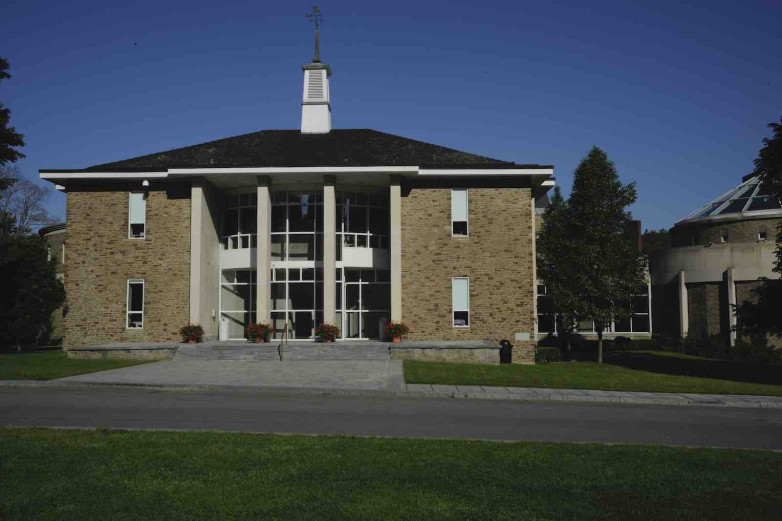Director Cassidy Lent on the National Baseball Hall of Fame and Museum's Library

Library of the National Baseball Hall of Fame and Museum
In a new entry in our Compelling Collections series, we profile the Library of the National Baseball Hall of Fame and Museum in an interview with its director Cassidy Lent:
What is the mission of your library?
The mission of the Library and Archives at the National Baseball Hall of Fame and Museum is to collect, organize and preserve materials relevant to the history, social development, economics, literature, and all other general topics which concern the game of baseball, and to make this material available according to contemporary library standards and practices.
How many works are in the library?
The Library has roughly 20,000 monographs, 20,000 periodicals, and over 25,000 clippings files. The Archives are split into our manuscript archives, photograph archives, and recorded media archives. In total, those three have over 300 collections, 250,000 original photographic images, and 14,000 hours of recorded media.
What is your most noteworthy work?
As far as monographs are concerned, we have an original edition of Sol White’s History of Colored Base Ball, with a 1908 supplement, which is considered to be the first book written about the history of Black baseball. Before then, there is no consideration given to Black baseball in works of that time. One of the more special pieces in our archives is one of the promissory notes that was given to Harry Frazee of the Boston Red Sox by Jacob Ruppert of the New York Yankees, indicating the purchase of Babe Ruth’s contract, in essence, making Ruth a Yankee.
What collections are most frequently accessed by researchers?
I would say our most requested Library item is our clippings files, which are files created of newspaper clippings, magazine articles, etc. related to MLB players, as well as others related to baseball who were not necessarily players, like owners, umpires, and executives, as well as musicians, authors, and presidents. After that, it is probably baseball guides and team publications. As for our archival collections, we have the National League meeting minutes that run from the late 1800s to the 1960s, as well as the business papers of August 'Garry' Herrmann, who owned the Reds in the late 1800s and early 1900s. Both cover the early foundation of professional baseball as we know it today.
What are some of your favorite works or collections in your library?
I love our clippings files because you can never be sure what is going to be in there and what new nugget of information you’ll discover. It’s a gold mine to our researchers and other patrons and is an endless source of enjoyment for them. Another favorite that is a part of our archives is our scrapbooks. We have hundreds and some are just beautiful. For me, those items are similar to the clippings files in the information you might discover between the covers. What makes them special is the amount of time and care that went into them. There are a few that are so well done that you can just feel the love that creator had for baseball.
What are some unexpected collections in your library?
We are lucky enough to have a large collection of sheet music that is outstanding, including the sheet music and lyrics to Take Me Out to the Ball Game. We also have a few blueprints that are quite interesting.
What are you looking to acquire? What areas are you looking to build in?
We are always looking to collect items related to baseball and baseball history, in all forms. That said, over the last couple of years, the focus has been on Black baseball - the Museum just opened an exhibit on the history of Black baseball called The Souls of the Game: Voices of Black Baseball - women in baseball, and the transpacific exchange of baseball between America and Japan.
If your library hosts exhibitions, do you have anything upcoming?
While we don’t host exhibitions in the Library, we do host the Cooperstown Symposium on Baseball and American Culture, which examines the impact of baseball on American culture from interdisciplinary and multi-disciplinary perspectives. This event is held the Wednesday – Friday following Memorial Day at the Hall of Fame and is co-sponsored by SUNY Oneonta. https://baseballhall.org/discover-more/education/symposium















